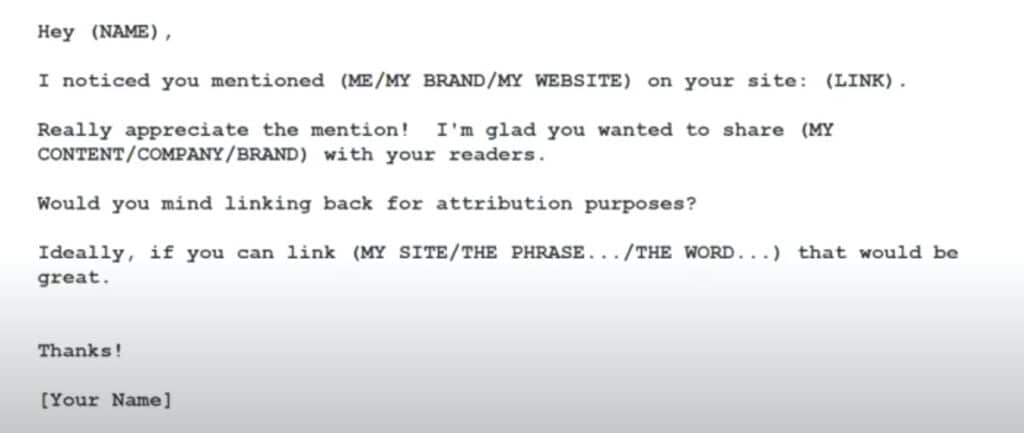Mary’s MAGNET Framework
Mary put together a six step framework for understanding how to understand SEO, to take the confusion out and make it easy for anyone to do SEO.
MAGNET stands for:
- Manage – Take control of your data. You can’t manage what you can’t see.
- Accelerate – Find and fix technical issues, never stop.
- Grow – Research winnable keywords and create your SEO domination plan.
- Nuture – Create highly rankable content. Couple that with UX best practices to drive up conversions.
- Echo – Secure authoritative backlines. Refine your internal and external links.
- Traction – Track the five key SEO metrics that actually matter.
The remainder of the talk was dedicated to exploring these steps with some top level actions. However, Mary has many more, so do get in touch with her.
Manage
One of the key things people miss at the manage stage is that Google Search Console is not yet set up properly. Mary really usefully describes the difference between Search Console and Analytics as:
- Search Console tells you what happened when Google visited your site.
- Google Analytics tells you what happened when people visited your site.
The reason why this hurts your SEO is that it limits your ability to fix technical issues quickly, and may leave you missing out on ranking opportunities. Mary explains more how to actually set this up in the video at 17.55.
Mary also recommends signing up for SEMrush Sensor, which will keep you on top of Google Algorithm updates.
Accelerate
One of Mary’s favourite things to audit when it comes to fixing technical fixes for websites, is searching for the 301 redirect chains.
A 301 redirect is a series of redirects in a row. This is problematic because whatever SEO equity the original page (as shown in the example below as ‘Page A’), will not be entirely be passed on to page C, as seen in the example below.
Mary recommends using Screaming Frog to find these redirect chains, and working with your technical team to fix the errors. Mary speaks through this process at 26.06 in the video.

Grow and Nurture
Mary shares a method for understanding customer behaviour using an on-page search bar, as it’s a treasure trove of information. This is one of those you need to see to understand, so head to 28.18 in the video to find out more!
Echo
At the echo stage, Mary recommends searching for unlinked brand mentions. These are the low hanging fruit on increasing your link profile, and therefore boosting your rankings! Mary first recommended using the following in a Google search to find the links you have to your site: “The Marketing Meetup”- themarketingmeetup.com a.k.a. “Your brand name”- your brand website.
Note: this search finds all links that Google have indexed about you, not just the ones that aren’t linked back!
Mary then shared a BRILLIANT template for approaching the administrators of those sites, which makes things super easy to explain what you would like in a friendly, concise manner.

Mary also shared that one of the key sins at the echo stage is deleting pages with great backlinks. To get around this, Mary recommends using Ahrefs to find the ‘DoFollow’ backlinks that exist to your site, exporting these, and then uploading this document to Screaming Frog which will tell you the status of these pages (and whether they are 404ing).
Once you have identified any problematic pages, you can work with your technical team to redirect those pages. Mary runs through this process at 41.25 in the video.
Traction
Mary identifies a problem with the SEO channel that people see it as a self-fulfilling prophecy. Just because you’re ranked number one for x keyword, doesn’t mean you’re going to have better business results. Mary recommends the top five metrics for SEO measurement as:
1. Revenue from SEO traffic – found in Google Analytics
2. ROI of SEO investment – found internally
3. SEO traffic – found in Google Analytics and Google Search Console
4. Unique linking domains – Google Search Console
5. Individual keyword rankings – Google Search Console, supplemented by external tools
Mary’s bio:
She began her SEO career when Google was only 4 years old, and in 2018, she was recognized by Adweek as an SEO pioneer.
Over the course of her career, Mary took on progressively increasing roles and became Senior Vice President of Digital Strategy and Analytics at a respected marketing agency, before she decided to take a professional detour to pursue her passions and spend more time with her young family.
She left her corporate job and is now a full-time **educator** both at Canisius College where she is an assistant professor of marketing, as well as through her business (GuruBound.com) where she teaches marketing teams how to develop SEO strategies that leap them to the top of Google, drive in a flood of consistent free traffic, and generate quantifiable revenue.
Always looking to influence the world around her, Mary is also involved in two boards–Future In Our Hands USA which funds sustainable projects in Kenya and Zambia, and the Digital Analytics Association (*the* global association for the digital analytics community).
For her contributions, Mary has received numerous awards including the FOUR under 40 Emerging Leaders award from the American Marketing Association, and the ATHENA Award for her commitment to empowering others, especially women.